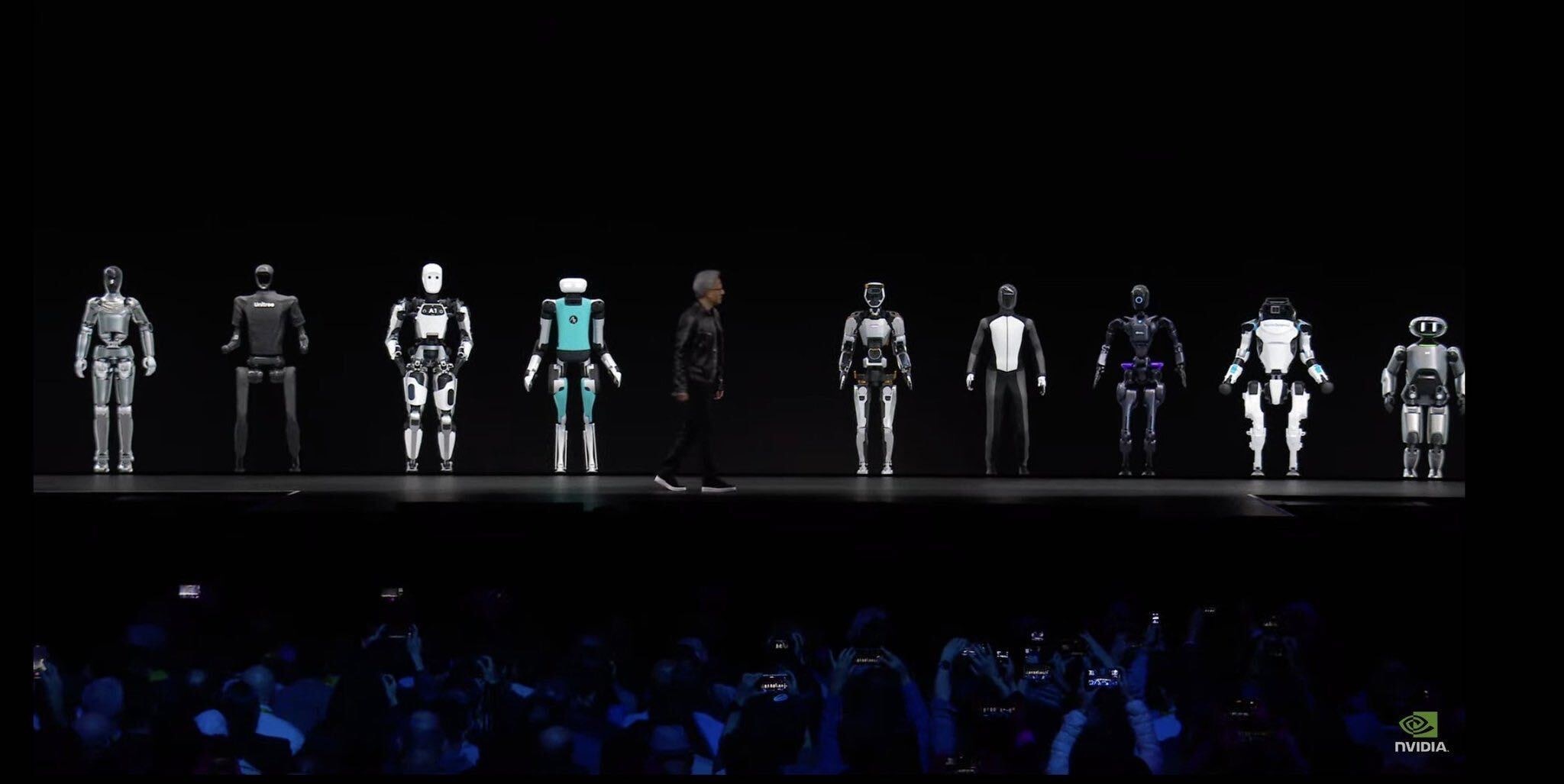Robots have been a symbol of technological progress and innovation for decades. However, the challenge of replicating human dexterity and efficiency in robots has been formidable. Central to this challenge is the use of gears in most robotic systems. While gears provide power, they can also lead to added weight, reduce natural dynamics, and hinder agility. At 1X, we're taking an innovative approach to bridge this gap.
So, why don’t all roboticists forgo the gear system? Historically, it has been a tall order to develop motors that deliver sufficient force and torque without relying on gears. But as the demand for more efficient, agile, and human-like robots grows, so does the need for advancements in motor technology. At 1X, we’ve done just that. We've successfully developed motors that achieve about 80% of the force density of human muscle without the use of gears. This technological leap surpasses the current world record by approximately five and a half times, paving the way for a bio-inspired approach to robotics.
Such advancements are more than just technical milestones.
They represent a shift in how robots can be integrated into society. By achieving a more natural motion, robots can better adapt to their surroundings, resulting in safer interactions with humans and environments. This becomes crucial when we consider their potential applications in real-world settings.
For a visual analogy, consider the inertia in our limbs when we move. A humanoid robot, using traditional technology with a gear ratio of 80:1, might experience an inertia equivalent to carrying a 24-kilogram weight on its foot. It's no wonder then that these robots often appear stiff and mechanical in their movements. The 1X system has dramatically reduced this inertia, equivalent to a mere 0.5 kilograms for the feet. Such reductions are not just impressive on paper; they translate to significant enhancements in robot agility, efficiency, and safety.
Large language models, like ChatGPT and multimodal models such as GPT-4, represent a significant leap in understanding and interpreting the world around them. However, for machines to reach a true level of general intelligence, they need the capability to physically interact with their surroundings. This interaction offers a unique dataset, allowing robots to understand and adapt to various modalities and behaviors.
However, scaling this interaction presents challenges. Using ChatGPT as an example, which is trained on three trillion tokens, adapting a similar scale to robot movements means potentially needing millions of robots operating round the clock. This monumental task underscores the significance of physical labor in the robotics equation.
To address this, 1X is heavily investing in shared autonomy. This involves a human-robot collaboration, where robots can request human intervention in complex tasks. Our Android, EVE, for example, can patrol a facility autonomously but might need human assistance for unexpected challenges, like an obstructed door. By integrating shared autonomy, we not only provide immediate utility to customers but also create a valuable data feedback loop, helping our robots continuously learn and adapt.

Our next-generation android, NEO, encapsulates our vision for the future.
While maintaining a lightweight design, NEO can replicate human speeds and even surpass human strength. By focusing on passive safety, NEO can interact with its surroundings and people without causing harm, allowing it to explore and learn autonomously.
In conclusion, predicting the arrival of truly autonomous, human-like robots is challenging. Whether it takes 10 years or 30. My hope is that these innovations will lead to a sustainable abundance, where Androids, powered by renewable energy, can produce goods and services at negligible costs and minimal environmental impact.





.jpg)

